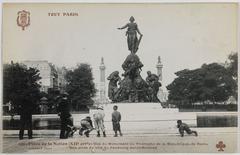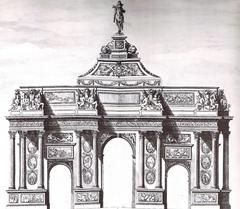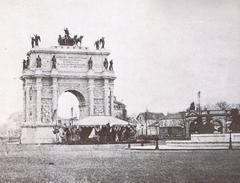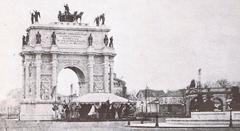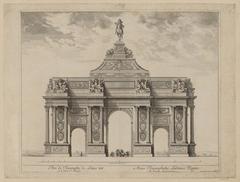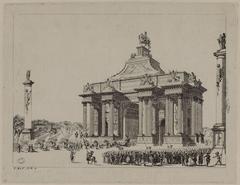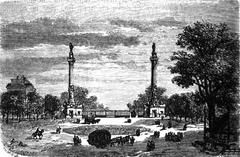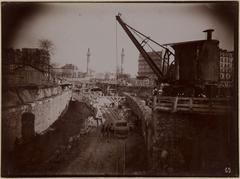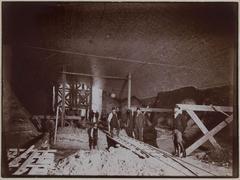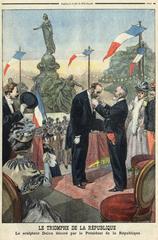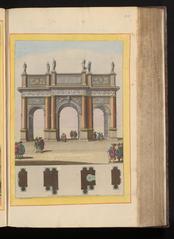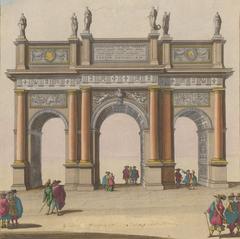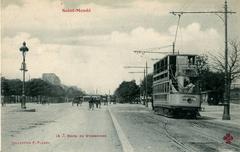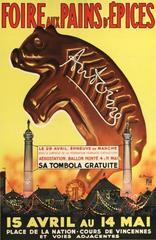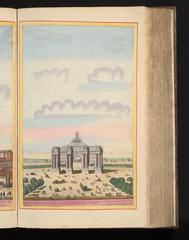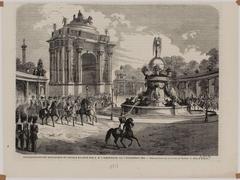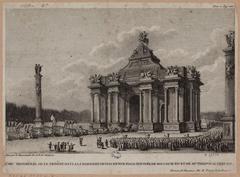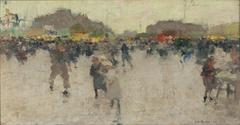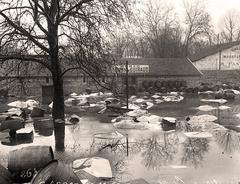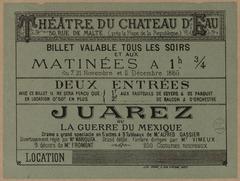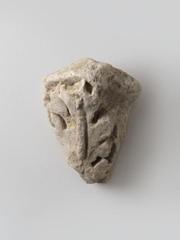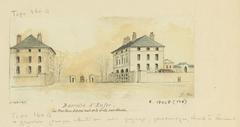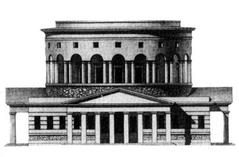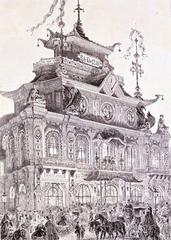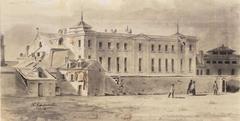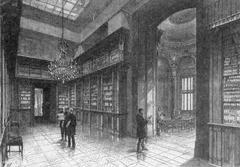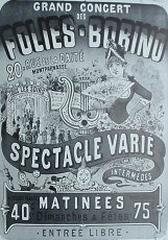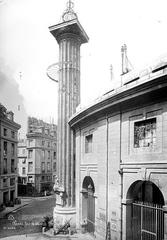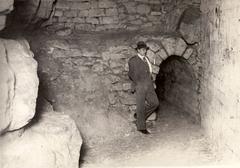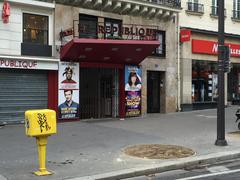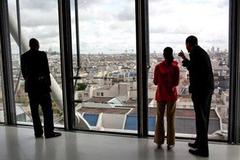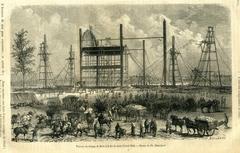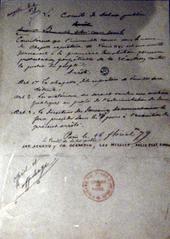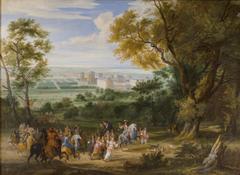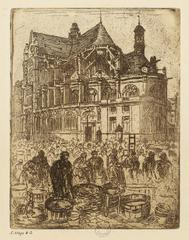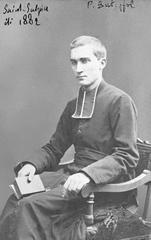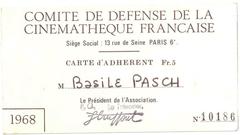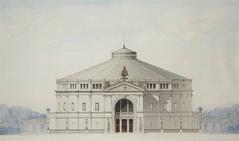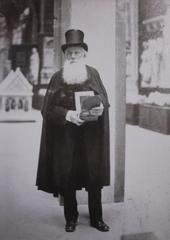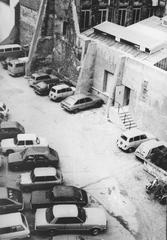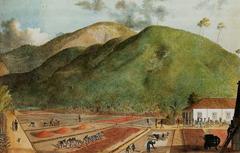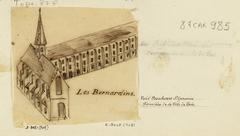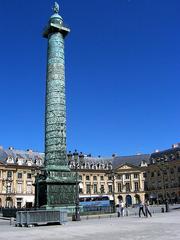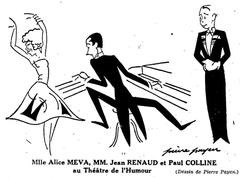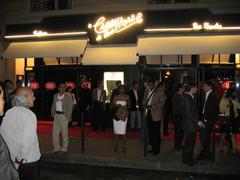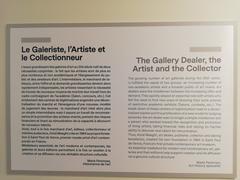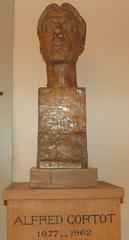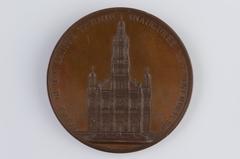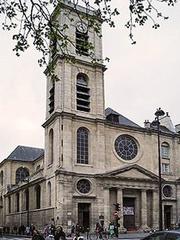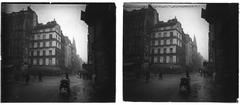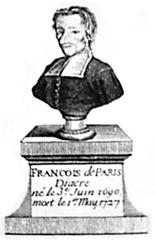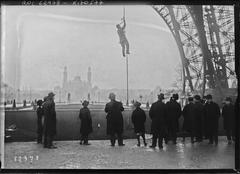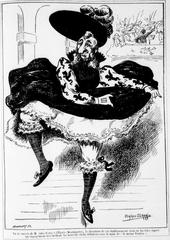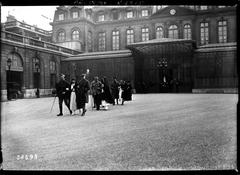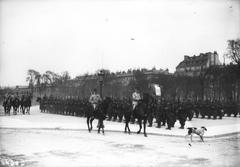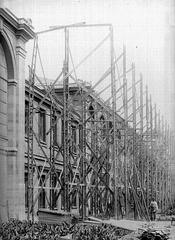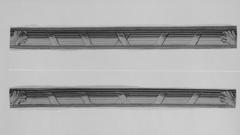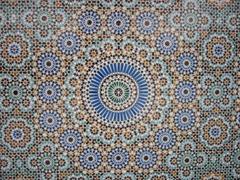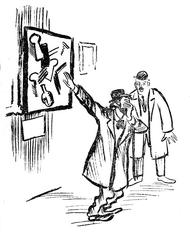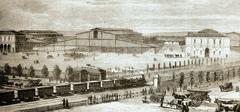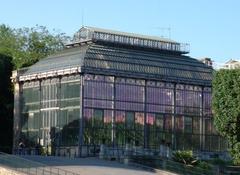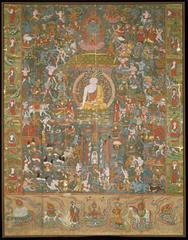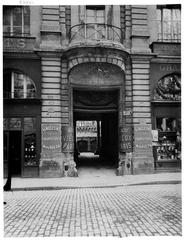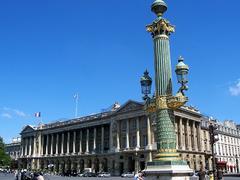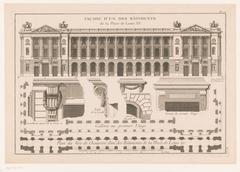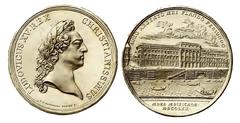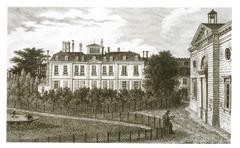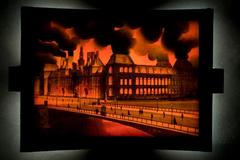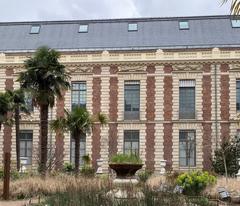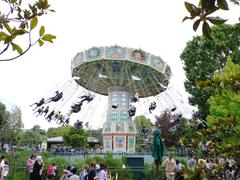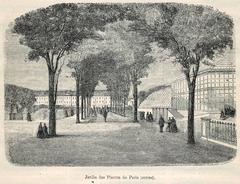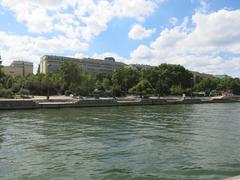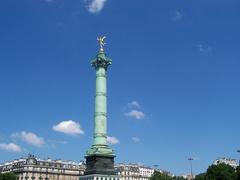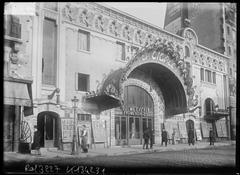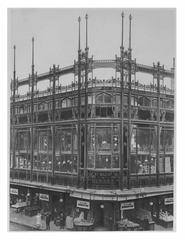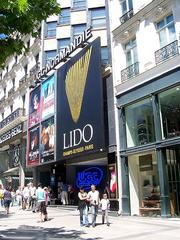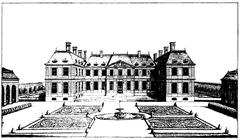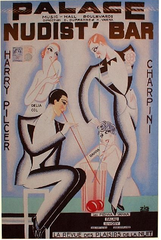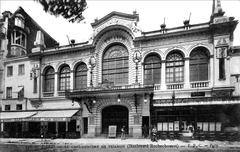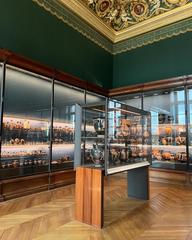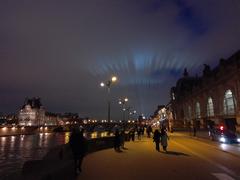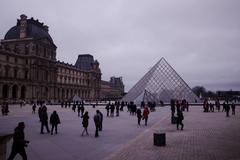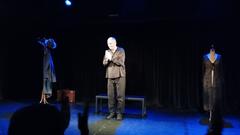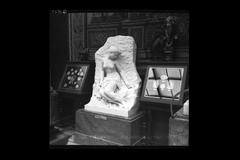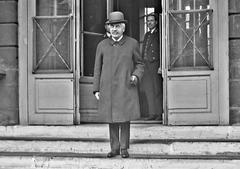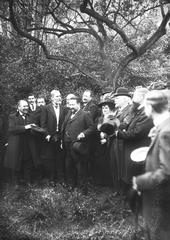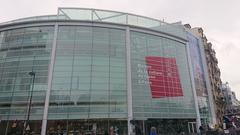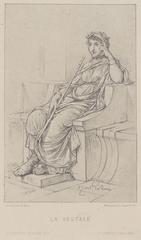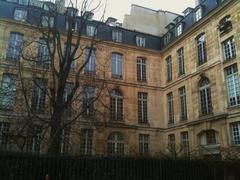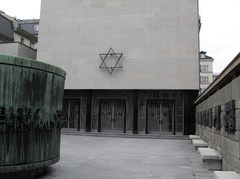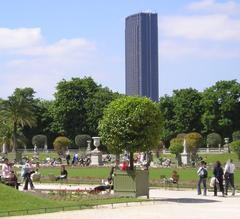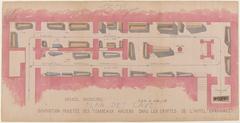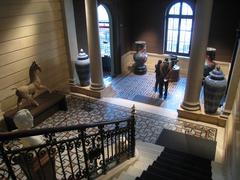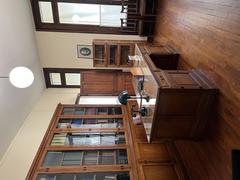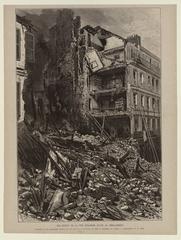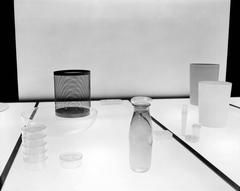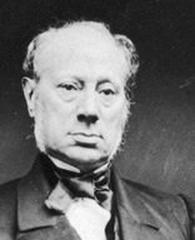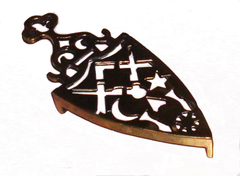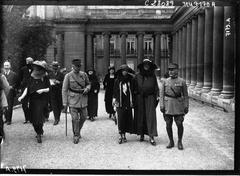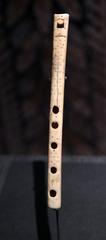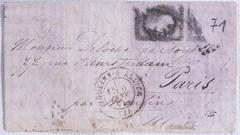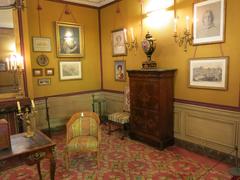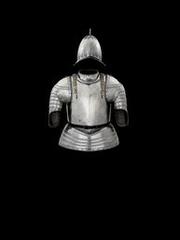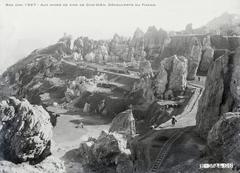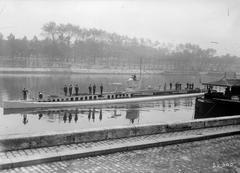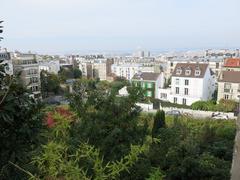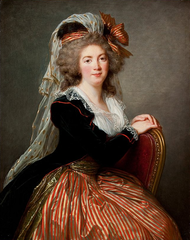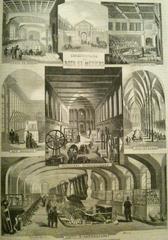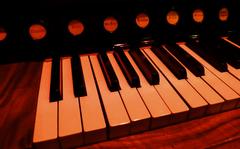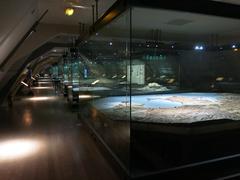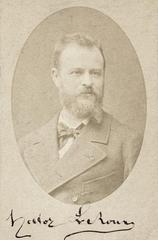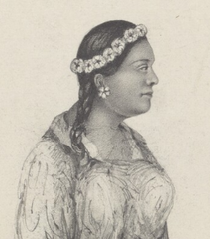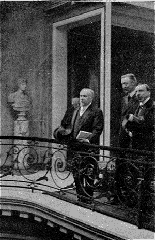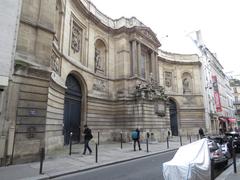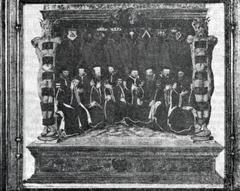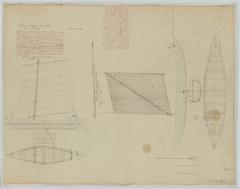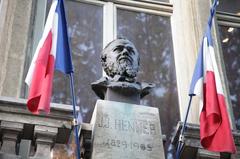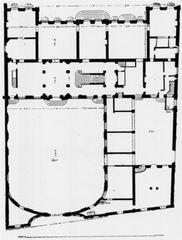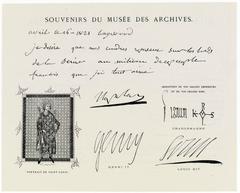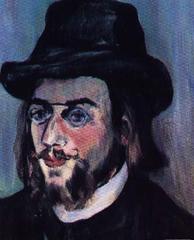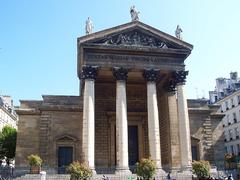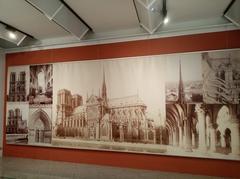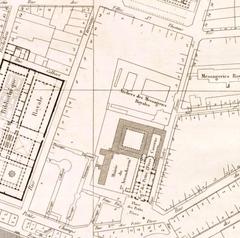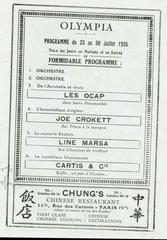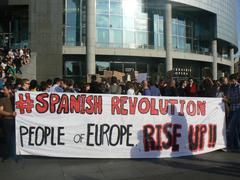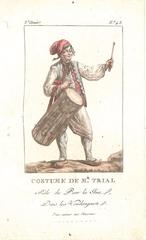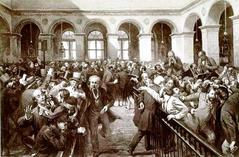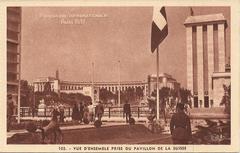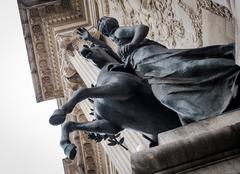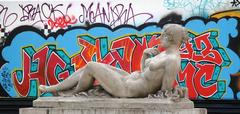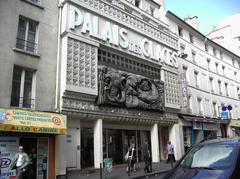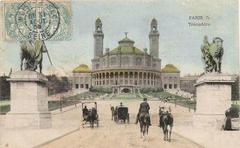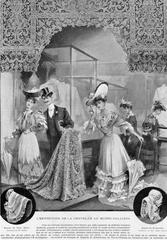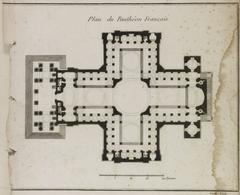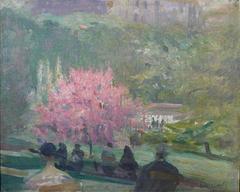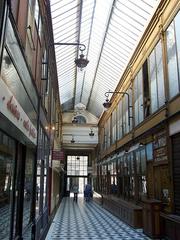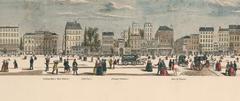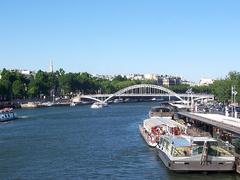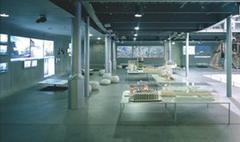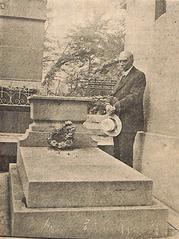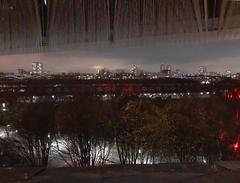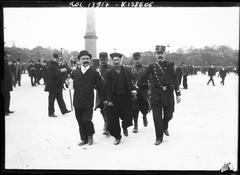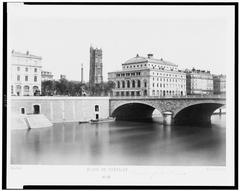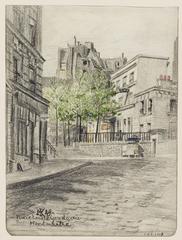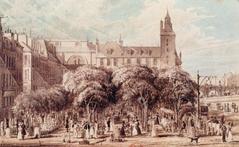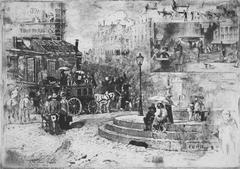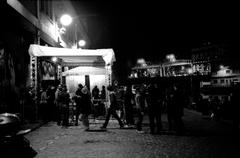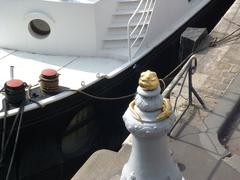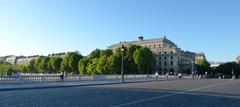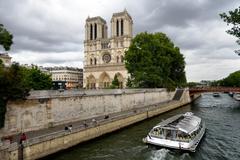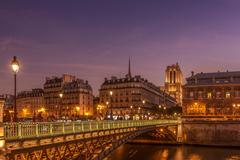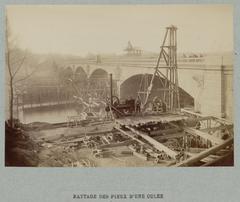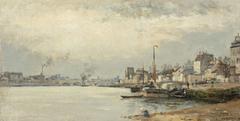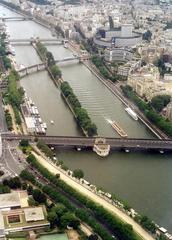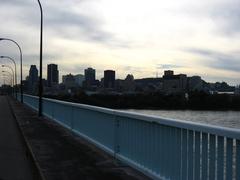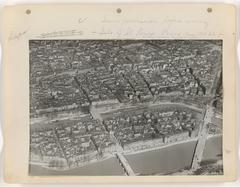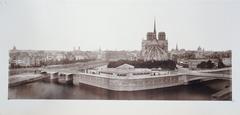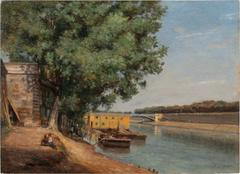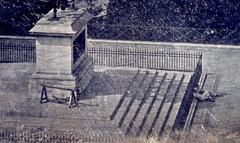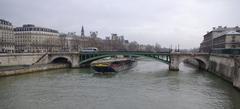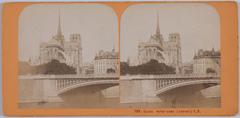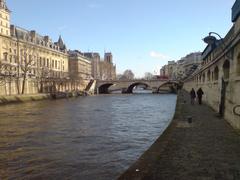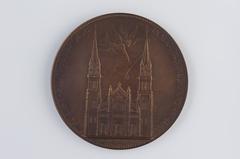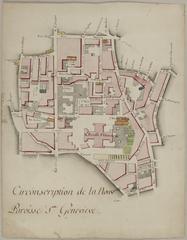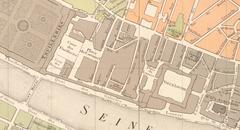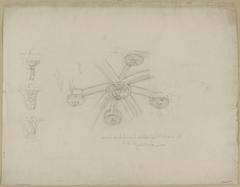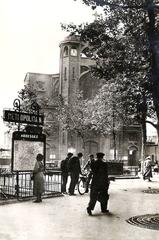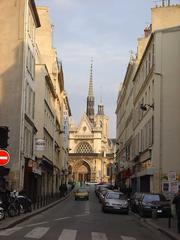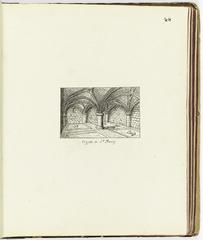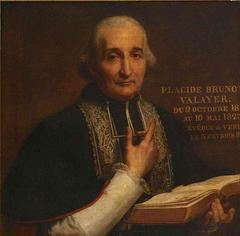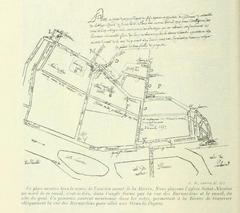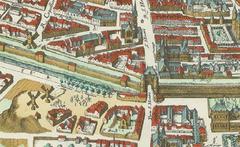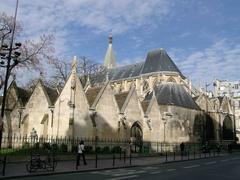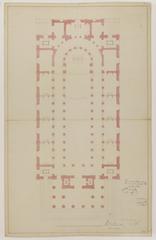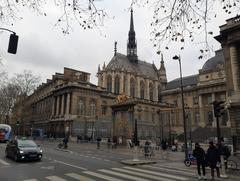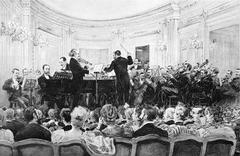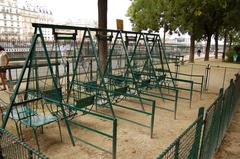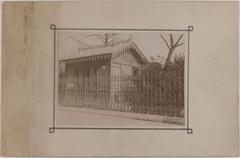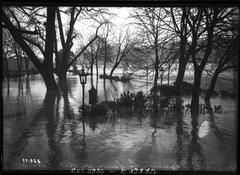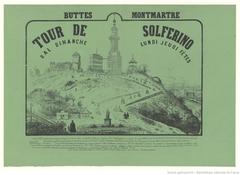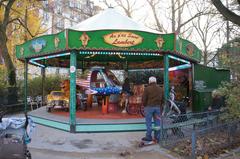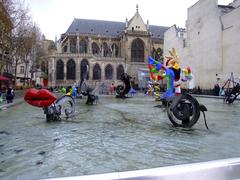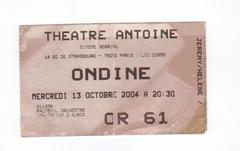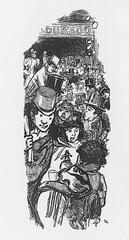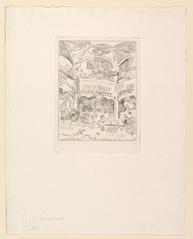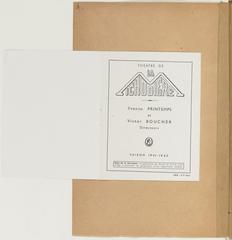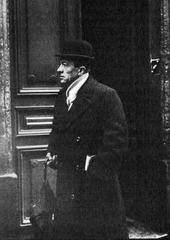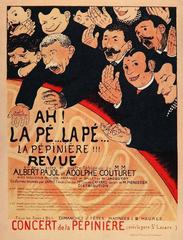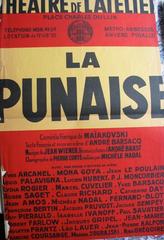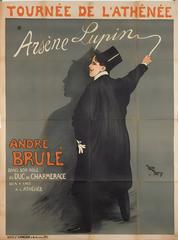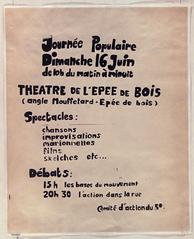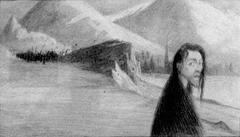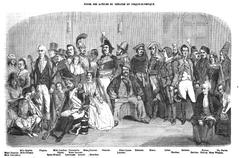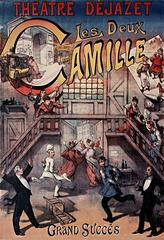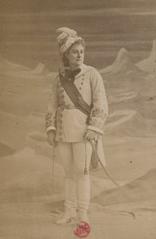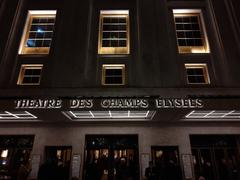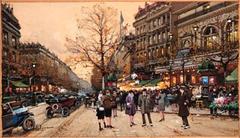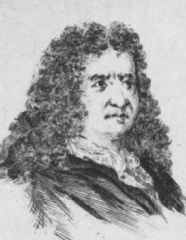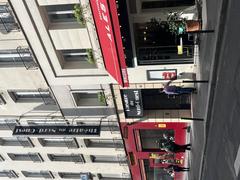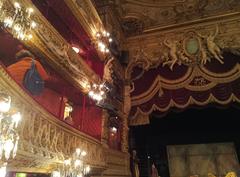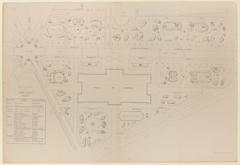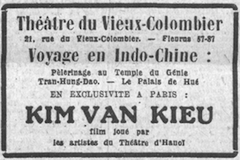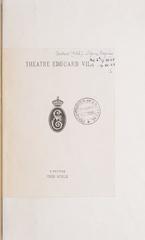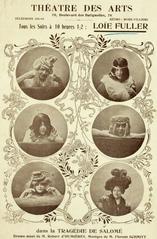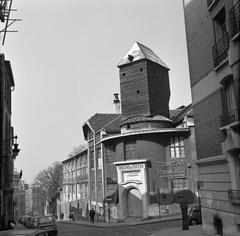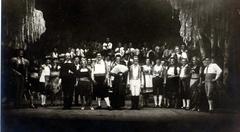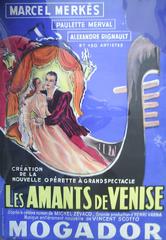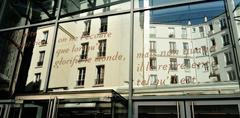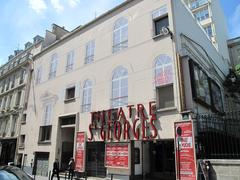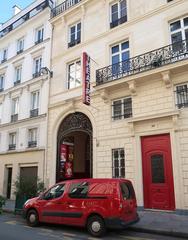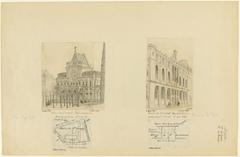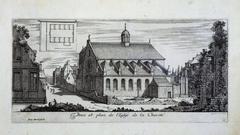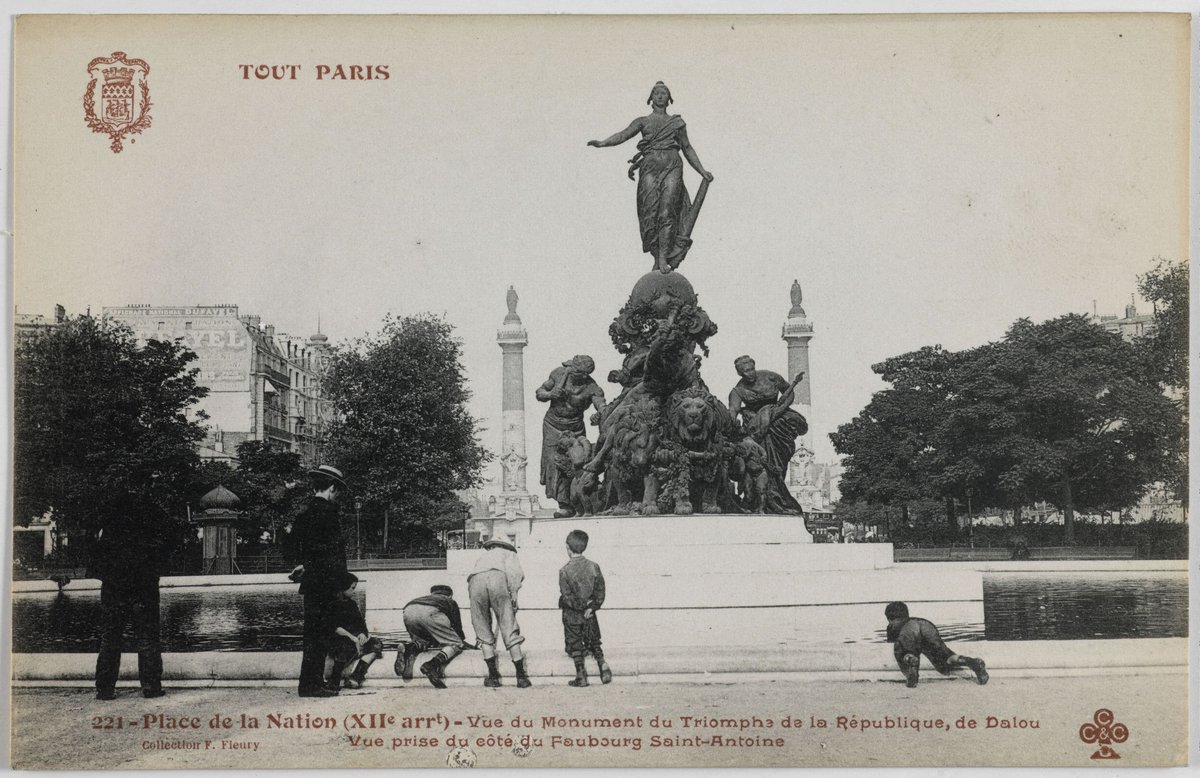
Comprehensive Guide to Visiting Le Triomphe de la République
Publication Date: 18/07/2024
Introduction to Le Triomphe de la République
Le Triomphe de la République stands as one of the most significant monuments in Paris, embodying the core values of the French Republic—liberty, equality, and fraternity. This monumental bronze sculptural group, located in Place de la Nation, serves as a vivid reminder of France’s revolutionary history and its ongoing commitment to democratic principles (source).
Originally envisioned by the renowned sculptor Jules Dalou, Le Triomphe de la République was born out of a desire to commemorate the French Revolution and the establishment of the Republic in 1789. The competition to create this grand monument in 1879 saw Dalou’s politically charged and dynamic design emerge victorious. Unlike traditional monuments that glorified singular rulers or military victories, Dalou’s creation celebrates the collective achievements and aspirations of the French people through allegorical figures representing Liberty, Labor, Abundance, and Peace (source).
The journey from its initial plaster model to the final bronze sculpture unveiled in 1899 was fraught with challenges, including political instability and financial constraints. Despite these hurdles, Dalou’s vision was brought to life by his dedicated assistants, ensuring that Le Triomphe de la République would stand as a beacon of hope and inspiration for future generations (source).
Today, Le Triomphe de la République is not only a historical landmark but also a vibrant part of Parisian life, frequently hosting public demonstrations, cultural events, and serving as a popular tourist destination. This comprehensive guide aims to delve into the monument’s rich history, cultural significance, and practical visitor information to help you fully appreciate this iconic symbol of the French Republic.
Table of Contents
- [A Monument Born from Revolution](#a-monument-born-from-revolutiona-monument-born-from-revolution)
- [Dalou’s Vision - A People’s Triumph](#dalous-vision---a-peoples-triumphdalous-vision---a-peoples-triumph)
- [From Plaster to Bronze - A Monument Takes Shape](#from-plaster-to-bronze---a-monument-takes-shapefrom-plaster-to-bronze---a-monument-takes-shape)
- [A Triumphant Unveiling and Enduring Legacy](#a-triumphant-unveiling-and-enduring-legacya-triumphant-unveiling-and-enduring-legacy)
- [Visitor Information](#visitor-informationvisitor-information)
- [Location and Nearby Attractions](#location-and-nearby-attractionslocation-and-nearby-attractions)
- [Getting There](#getting-theregetting-there)
- [Exploring the Neighborhood](#exploring-the-neighborhoodexploring-the-neighborhood)
- [Dining and Shopping](#dining-and-shoppingdining-and-shopping)
- [Making the Most of Your Visit](#making-the-most-of-your-visitmaking-the-most-of-your-visit)
- [Accessibility](#accessibilityaccessibility)
- [Special Events](#special-eventsspecial-events)
- [FAQ](#faqfaq)
- [References and Further Reading](#references-and-further-readingreferences-and-further-reading)
Exploring Le Triomphe de la République - History, Significance, and Visitor Information
Le Triomphe de la République, a monumental bronze sculptural group, stands as a powerful symbol of the French Republic and its values. Its history and cultural significance are deeply intertwined with the tumultuous events that shaped modern France.
A Monument Born from Revolution
The story of Le Triomphe de la République begins with the French Revolution. Following the overthrow of the monarchy in 1789, the newly established French Republic sought to commemorate its hard-won victory and embody the ideals of liberty, equality, and fraternity.
In 1879, a competition was launched to create a monument celebrating the Republic. Sculptor Jules Dalou, known for his politically charged works, won the commission. Dalou envisioned a grand monument that would capture the spirit of the Republic and its people.
Dalou’s Vision - A People’s Triumph
Dalou’s design for Le Triomphe de la République differed significantly from traditional triumphal monuments. Instead of glorifying a single ruler or military victory, Dalou chose to depict an allegorical representation of the Republic, surrounded by figures symbolizing various aspects of French society.
The central figure, a powerful female figure personifying the Republic, stands atop a chariot pulled by lions. She holds aloft an olive branch, symbolizing peace, and wears a Phrygian cap, a symbol of liberty since the Roman Republic.
Surrounding the chariot are allegorical figures representing Liberty, Labor, Abundance, and Peace. These figures, depicted with a realism and dynamism characteristic of Dalou’s style, further emphasize the monument’s celebration of the French people and their collective achievements.
From Plaster to Bronze - A Monument Takes Shape
Dalou began work on the monument in 1880. He initially created a full-scale plaster model, which was displayed to the public in the Place de la Nation, the intended location for the final bronze monument. The plaster model was met with widespread acclaim, solidifying Dalou’s vision for a monument that resonated with the aspirations of the French people.
However, the project faced numerous delays due to political instability and financial constraints. Tragically, Dalou passed away in 1891 before seeing his masterpiece completed. His assistants continued the work, using his detailed plans and the plaster model as guides.
A Triumphant Unveiling and Enduring Legacy
Finally, on July 14, 1899, Le Triomphe de la République was unveiled to the public in a grand ceremony. The monument quickly became a beloved landmark and a powerful symbol of the French Republic.
Over the decades, Le Triomphe de la République has witnessed countless historical events, from joyous celebrations to moments of national mourning. It has served as a rallying point for protests and demonstrations, embodying the spirit of civic engagement that is deeply ingrained in French culture.
Visitor Information
If you’re planning to visit Le Triomphe de la République, here are some key details to help you make the most of your trip:
- Location: Place de la Nation, Paris, France
- Visiting Hours: Open 24 hours a day
- Tickets: Free to visit; no tickets required
- Accessibility: The monument is accessible to visitors with disabilities
- Nearby Attractions: Consider visiting other historical sites nearby such as the Bastille, the Père Lachaise Cemetery, and the Place de la Bastille
Travel Tips
- Best Time to Visit: Early morning or late afternoon for the best lighting and fewer crowds.
- Photography: The monument is an excellent subject for photography, especially with the surrounding gardens and fountains.
- Special Events: Check local listings for special events and public demonstrations that often take place at the site.
Conclusion
Le Triomphe de la République continues to hold profound cultural significance for the people of France. It stands as a testament to the enduring power of the Republic’s ideals and serves as a reminder of the ongoing struggle for liberty, equality, and fraternity. Don’t miss the chance to visit this iconic monument and immerse yourself in the rich history and culture it represents.
FAQ
Q: What are the visiting hours for Le Triomphe de la République? A: The monument is open 24 hours a day.
Q: Do I need tickets to visit Le Triomphe de la République? A: No, visiting the monument is free and does not require tickets.
Q: Is Le Triomphe de la République accessible to people with disabilities? A: Yes, the monument is accessible to visitors with disabilities.
Q: What are some nearby attractions? A: Nearby attractions include the Bastille, the Père Lachaise Cemetery, and the Place de la Bastille.
Q: How do I get to Le Triomphe de la République? A: The monument is easily accessible by metro (République station), bus, Vélib’ bike-sharing, or walking from nearby neighborhoods.
Q: What dining options are available? A: The area offers a range of dining options, including traditional French cuisine, international flavors, and trendy cafes.
Q: Is the area accessible for visitors with disabilities? A: Yes, the area is generally accessible, with ramps and smooth pathways. Public transport options also cater to accessibility needs.
References and Further Reading
- A Monument Born from Revolution, 2024, Paris Info source.
- Dalou’s Vision - A People’s Triumph, 2024, Paris Digest source.
- From Plaster to Bronze - A Monument Takes Shape, 2024, Paris Zigzag source.
- A Triumphant Unveiling and Enduring Legacy, 2024, Centre des Monuments Nationaux source.
- Visitor Information, 2024, Trip Savvy source.
